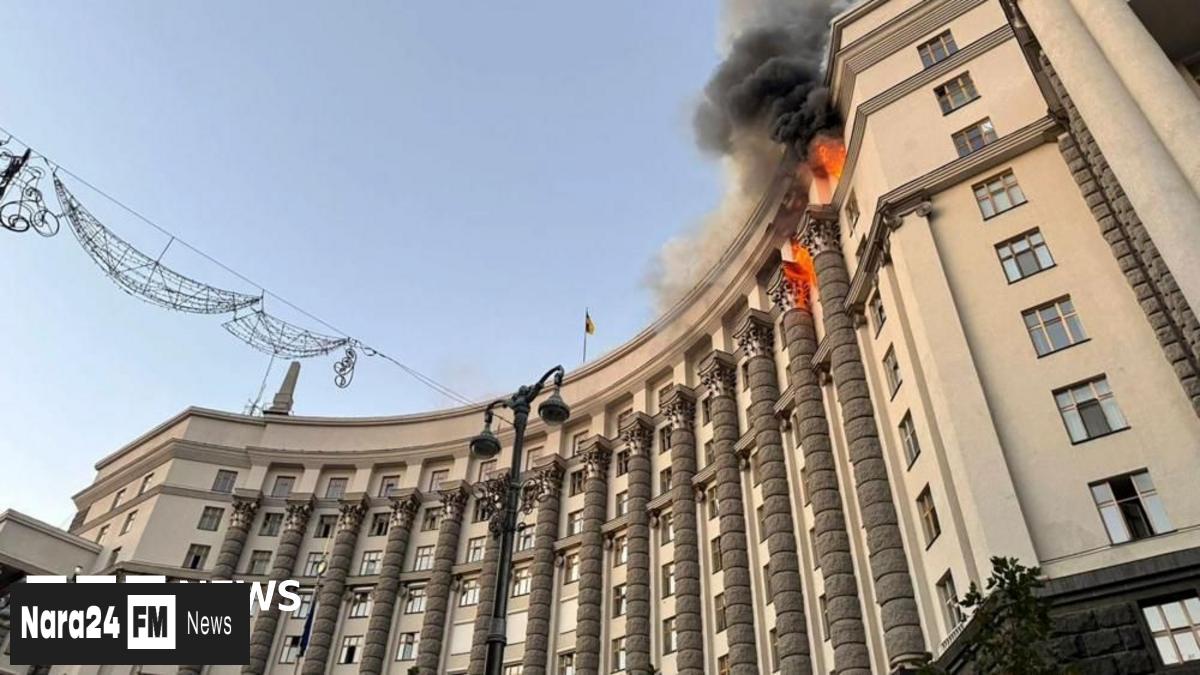In This Article
- Introduction: Escalating Tensions with B-2 Bombers En Route to Guam
- Mixed Reactions to the Deployment
- Provocation vs. Defense Debate
- De-escalation Challenges and Power Projection
- Conclusion: Balancing Deterrence and Provocation
Key Takeaways
- The deployment of six B-2 bombers to Guam has sparked controversy and debates over its defensive or provocative nature.
- The move to deploy nuclear-capable aircraft in the Asia-Pacific region has elicited mixed reactions, with some seeing it as necessary for regional security and others as escalating tensions.
- The differing opinions on the deployment highlight concerns about the balance between deterrence and escalation in international relations.
- The deployment underscores the importance of clear communication and transparency in military maneuvers to prevent misunderstandings and miscalculations in sensitive regions like the Asia-Pacific.
- The deployment of military assets like B-2 bombers reflects the challenge of balancing de-escalation efforts with the projection of power in shaping international perceptions and regional stability.
Escalating Tensions: Six B-2 Bombers En Route to Guam
In a recent development that has stirred controversy, six B-2 bombers have been deployed and are en route to Guam. While such military movements are not uncommon, the strategic significance of this deployment has sparked debates on whether it serves as a defensive measure or a provocative act.
Amidst heightened tensions in the Asia-Pacific region, the deployment of these nuclear-capable aircraft has been met with mixed reactions. Some view it as a necessary show of force to deter potential adversaries and ensure regional security. However, critics argue that such displays of military might only serve to escalate tensions and undermine efforts for peaceful resolutions.
Provocation or Defense?
The divergence in opinions regarding the deployment of the B-2 bombers highlights broader concerns about the balance between deterrence and escalation in international relations. While proponents argue that a strong defense posture is essential to safeguarding national interests and deterring aggression, opponents caution that such moves can be perceived as acts of intimidation.
One Twitter user expressed their concerns, stating, "Six B-2 bombers flying to Guam isn’t defense—it’s provocation. Deploying nuclear-capable aircraft near Asia raises tensions, not peace. The U.S. preaches de-escalation but flexes power in the most aggressive ways. This is deterrence turned into intimidation."
De-escalation vs. Power Projection
The deployment of military assets, especially in sensitive regions like the Asia-Pacific, requires a delicate balance between showcasing strength and avoiding actions that could be perceived as aggressive. As global powers navigate complex geopolitical dynamics, the need for clear communication and transparency in military maneuvers becomes paramount to prevent misunderstandings and miscalculations.
Israeli Defense Forces Conducts Wide-Scale Strike on Nuclear Site in Isfahan and Western Iran
IDF Spokesperson reveals the strategic strike on a nuclear s...
Read moreWhile the U.S. often emphasizes its commitment to de-escalation and conflict resolution through diplomatic means, the visible display of military power can send conflicting messages. In an era where strategic ambiguity and power projection play significant roles in shaping international perceptions, every military movement is scrutinized for its potential implications on regional stability.
Conclusion
The deployment of six B-2 bombers toward Guam serves as a stark reminder of the fine line between deterrence and provocation in international relations. As discussions surrounding the intent and impact of such military maneuvers continue, the need for clarity, dialogue, and mutual understanding among nations becomes increasingly vital to prevent unintended escalations and foster a climate of cooperation and peace.
Ultimately, how the deployment of these bombers is interpreted and responded to will not only shape regional dynamics in the Asia-Pacific but also influence broader conversations on security, deterrence, and the pursuit of stability in an interconnected world.







Comments (0)
Leave a Comment
Be the first to comment on this article!